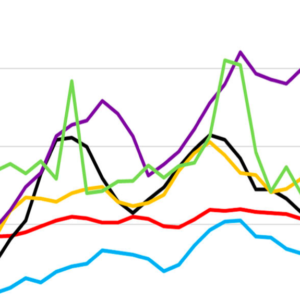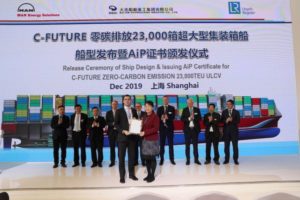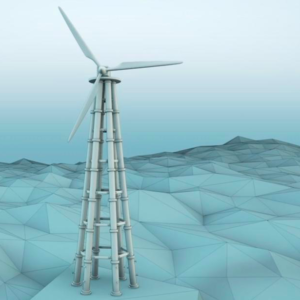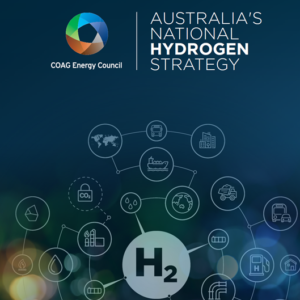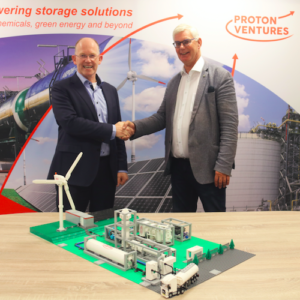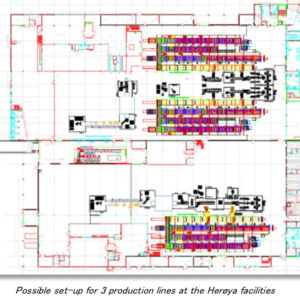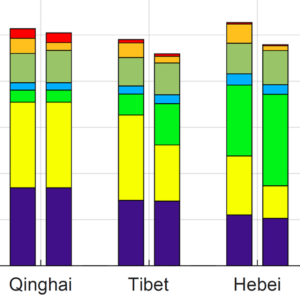The cost of hydrogen: Platts launches Hydrogen Price Assessment
What does hydrogen really cost? Apparently, there's now a good answer to this question. $0.7955 per kg. This is according to the new daily hydrogen price assessment launched yesterday by Platts. Price assessments like this are invaluable for thriving markets, supporting transparency and developing into the benchmarks and indexes that underpin investments, trade, and regulations. This is a welcome innovation from the universe of financial product development. It will be interesting to see how Platts's hydrogen prices evolve, in terms of the cost structure of hydrogen production, of course, but also from the perspective of ammonia energy. If the purpose is to support commodity trading, these price assessments must eventually expand to include hydrogen carriers — molecules, like ammonia, that can be stored and transported more economically than hydrogen itself — in other words, commoditized hydrogen.
